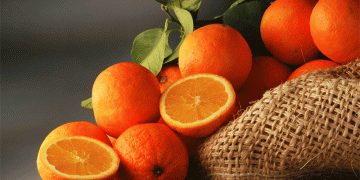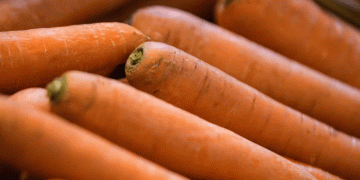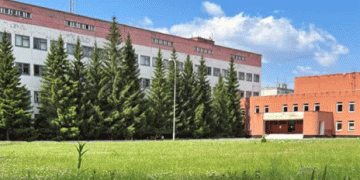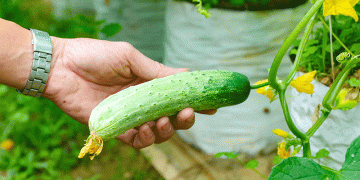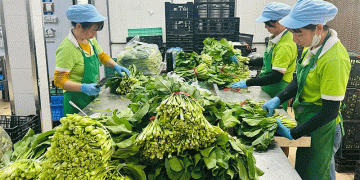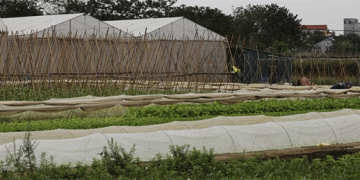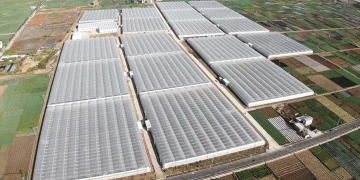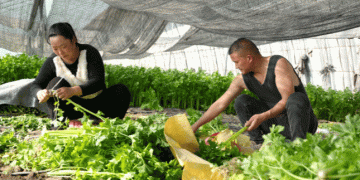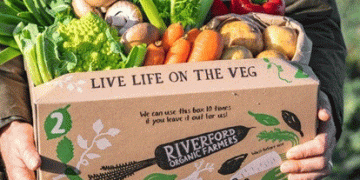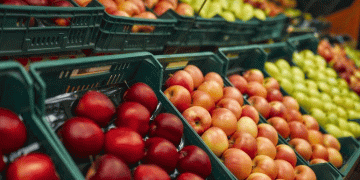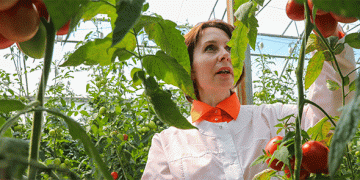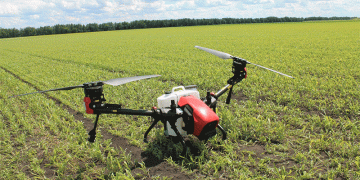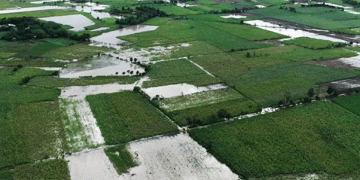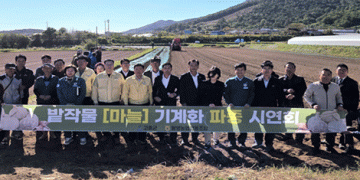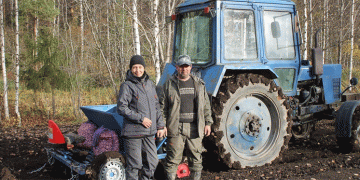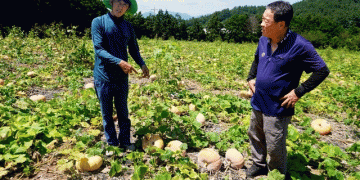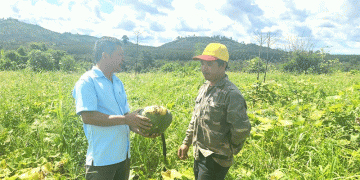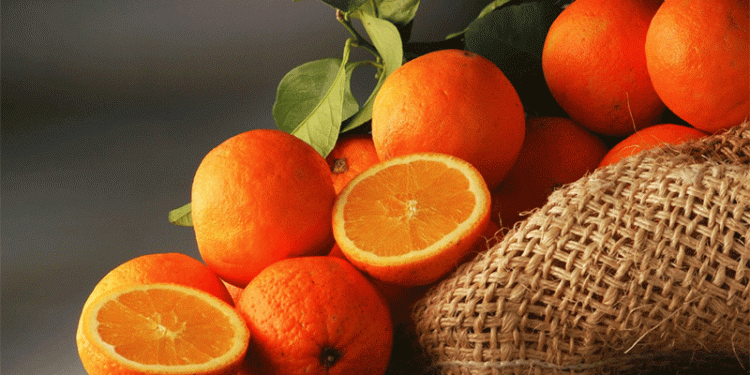Brazil, the world’s largest orange producer, is expecting a remarkable 36.2% surge in its 2025/26 harvest, according to the latest report from Fundecitrus. The citrus belt—comprising São Paulo and Triângulo/Sudoeste Mineiro—is projected to yield 314.6 million boxes, up from 230.87 million boxes in the previous season.
What’s Driving the Increase?
- Favorable Weather & Blooming Conditions
Optimal rainfall and temperatures during the second flowering period significantly boosted fruit set. Unlike the previous season, which faced drought stress, 2025 saw near-ideal conditions for citrus development. - Improved Orchard Management
Farmers have adopted precision agriculture techniques, including optimized irrigation, balanced fertilization, and enhanced pest control. These practices have increased average productivity to 869 boxes per hectare (up from 687) and 1.72 boxes per tree (up from 1.37). - More Productive Trees
The updated tree census reveals 182.7 million productive orange trees across 362,000 hectares, marking a 7.5% increase in trees and a 5.2% expansion in area since 2022.
Varietal Performance & Challenges
- Valencia and Folha Murcha varieties saw the highest growth (+50.78%), followed by Natal (+49.05%) and Pera (+21.16%).
- Fruit drop remains a concern at 20%, largely due to Huanglongbing (HLB or citrus greening disease) and delayed harvest timing. HLB continues to threaten yields, with infected trees showing reduced fruit retention.
Global Market Implications
Brazil supplies over 70% of the world’s orange juice, and this production surge could stabilize global prices. However, experts warn that long-term sustainability depends on combating HLB, which has no cure yet. Research into disease-resistant rootstocks and biocontrol methods is critical.
The 36% jump in Brazil’s orange harvest highlights the impact of better weather, smarter farming, and expanded orchards. However, persistent threats like HLB demand continued investment in research and sustainable practices to secure future yields. For farmers and agronomists, this season is a testament to how technology and adaptive management can drive productivity—but vigilance against diseases remains essential.
